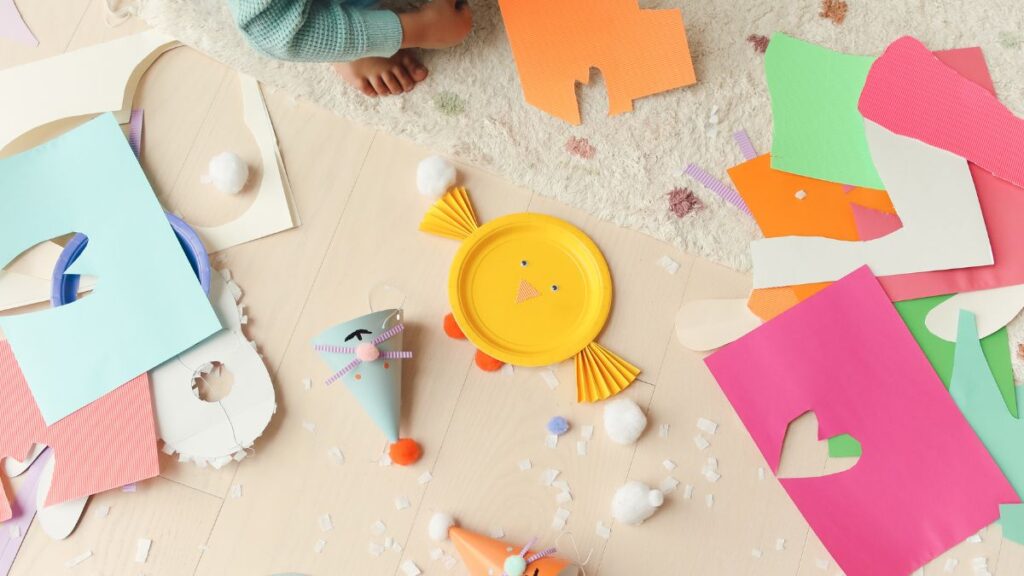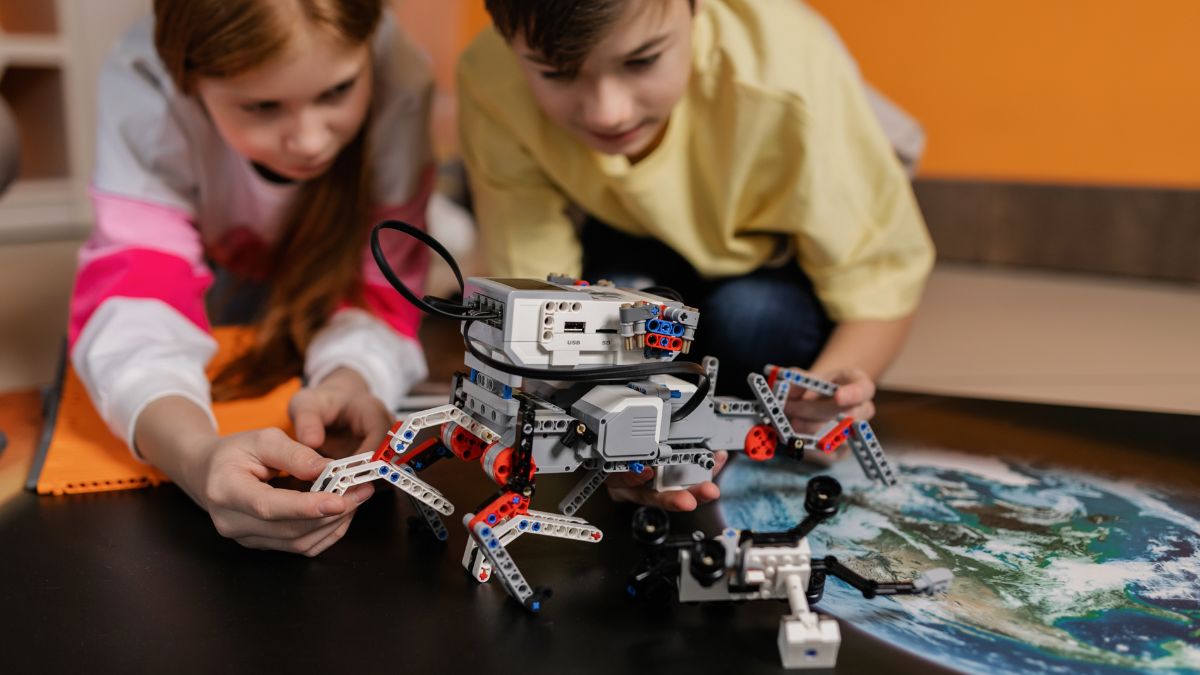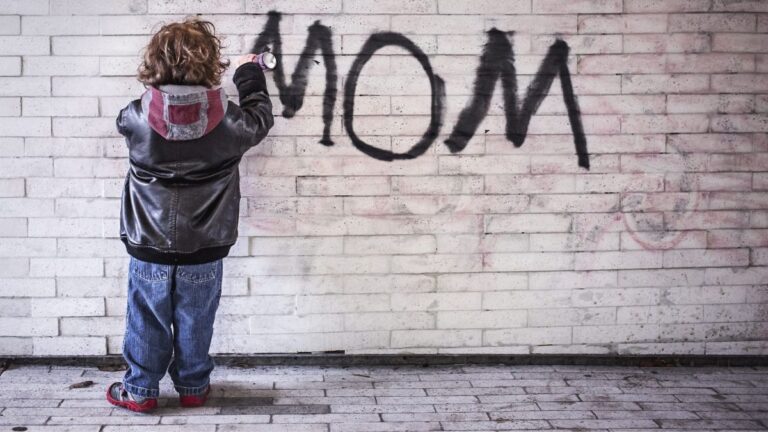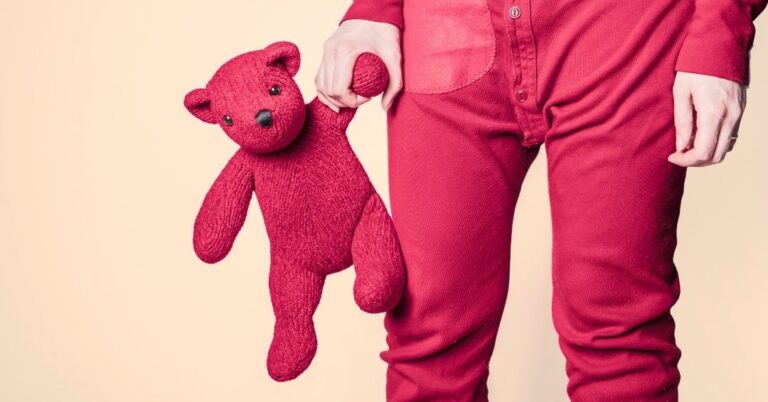8 STEM Experiments and Why You Should Do Them With Your Kids
Like all mothers, I always wanted my child to learn more. I did not just want him to know the answers but I also wanted him to know which questions to ask and how to think critically when a problem is present. For this purpose, I always wanted my son, Musa, to get a STEM education but why was I so intent on choosing STEM? To understand this, let me first explain to you what it really is.
What is STEM Education?
STEM stands for:
- S Stands for Science
- T stands for Technology
- E stands for Engineering
- M stands for Maths
One of the most talked about topics in education, STEM Education is not about learning to combine these four subjects in the children’s curriculum. It is a great way to fill in the gray areas and connect the dots between the subjects through fun activities that will increase children’s excitement toward learning. STEM education focuses on developing higher-level thinking skills by connecting school learning to the real world.
Benefits of Early STEM Education:
STEM education in early childhood increases creativity and critical thinking. It also encourages communication and problem-solving skills. Offering toddlers STEM education may seem to be burdensome. But once they start understanding, they learn how to solve problems. This is because STEM helps develops innovation and curiosity. It helps kids build self-confidence that will be essential to them in their adult lives.
How to Introduce STEM Activities to Children?

Musa was 2.5 years old when we started STEM activities. He was just a little boy observing everything his mama was doing. He wanted to do everything on his own. So I let him do that. I explained to him that we are a team of two where we do everything together and STEM helped encourage that. This is because STEM Activities are all about teamwork.
Here are some tips for planning STEM activities for your kids.
Independence is the key
I usually prepare things before starting any activity so that Musa can perform by following my instructions. Let your kids do it by themselves. Let them explore the activity you have prepared for them. It will also build their self-confidence and sense of achievement.
Positive environment
Cultivate an environment where mistakes are welcome. Don’t expect them to be perfect. Once they do something wrong, ask them to observe more keenly. Repeat the experiment until you get the desired result.
Mess is okay
It can be a mess, but it is okay. Try to take activities out or cover the surface. When we did the Oobleck experiment, our dining table was a big mess. But in the end, ALL THAT MESS WAS WORTH IT. Musa ended up learning concepts of solid and liquid so well.
Simplicity will suffice
Let it be simple. You do not need anything fancy to start stem activities. We did activities with things that are easily present in our kitchen. For instance, baking soda and vinegar are perfect for chemical reaction stem activities.
8 STEM Activities and How They Benefit Kids
- Sinking and floating
This fun activity helps to build early science concepts by discovering which objects float on water and which sink to the bottom.
- Baking soda and vinegar experiment
In this super fun experiment, kids create water and carbon dioxide. The carbon dioxide creates bubbles in the reaction. Kids will also learn color mixing and sensory input.
- Absorption
In this experiment, kids will learn the way a sponge holds water. The Object’s ability to soak up.
- Magic milk activity
This cool yet simple science experiment is very easy to do. Magic milk experiment will help children to understand the future concepts of chemistry and different formulas.
- Lava lamp experiment
This is a fascinating experiment; your kids will love to do. Your kid will observe:
- The reaction of baking soda wither vinegar inside water mixed with oil
- Watching the colorful bubbling
- Watching oil and water not mixing
More than all this, the kids also learn creativity.
- Black pepper and soap experiment
Through this experiment, you can explain to your kids how washing hands with soap protects us from germs.
- How to make a volcano
This experiment teaches when you mix different materials it causes a chemical reaction.
- Oobleck Experiment
Oobleck is great for developing fine motor skills. It also helps to understand the characteristics of solids and liquids.
Changes I Observed in Musa after Introducing STEM
After doing so many STEM Activities with Musa, I have noticed the following changes in him:
- Musa tries to solve his problems on his own.
- He is confident in his work.
- He has his own point of view.
- His vocabulary has improved.
- 8 STEM Experiments and Why You Should Do Them With Your Kids - December 5, 2022








Great suggestions for these cold winter days. It took us 5 years to realize that mess is ok, and that curiosity is much needed even when they break something.